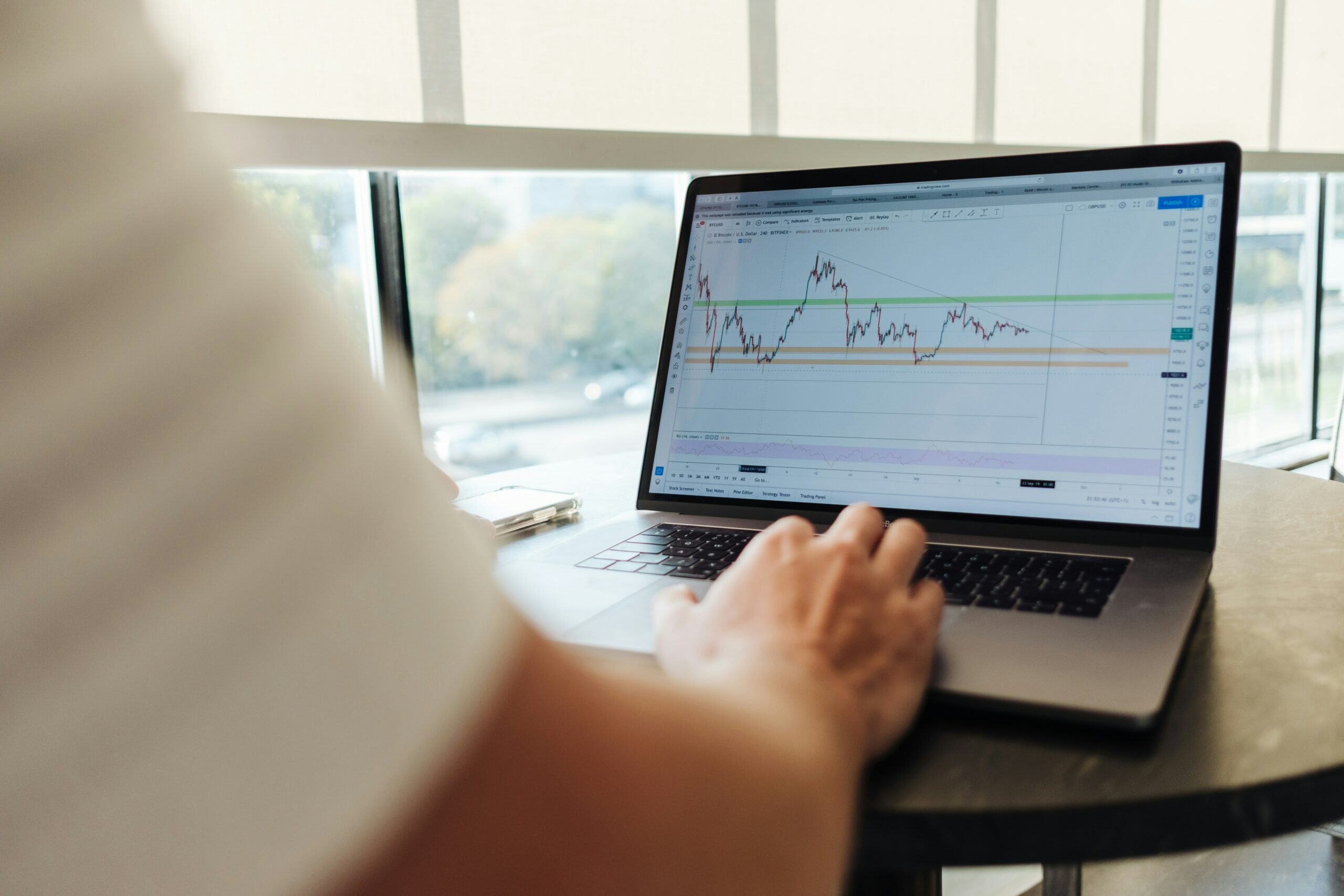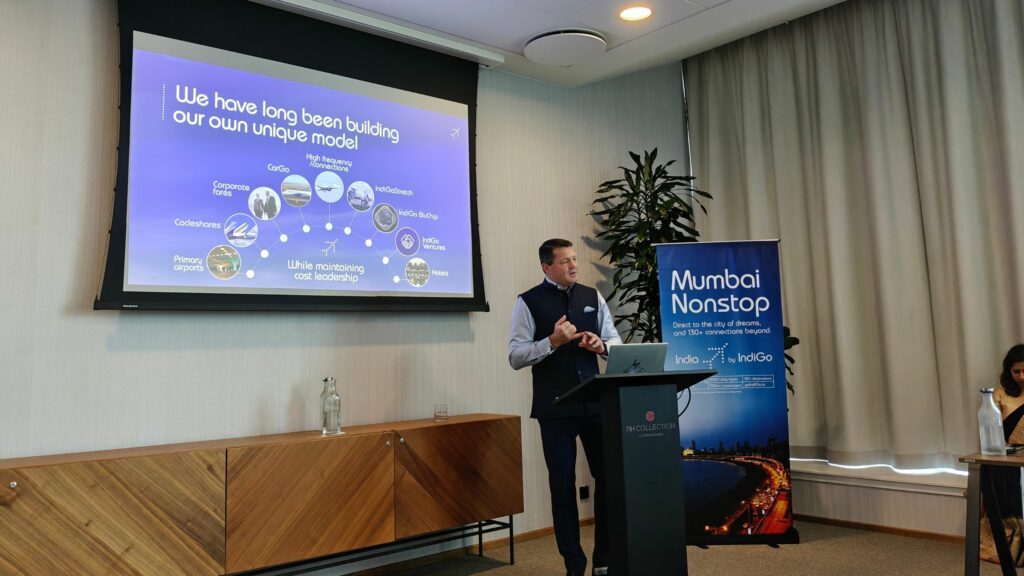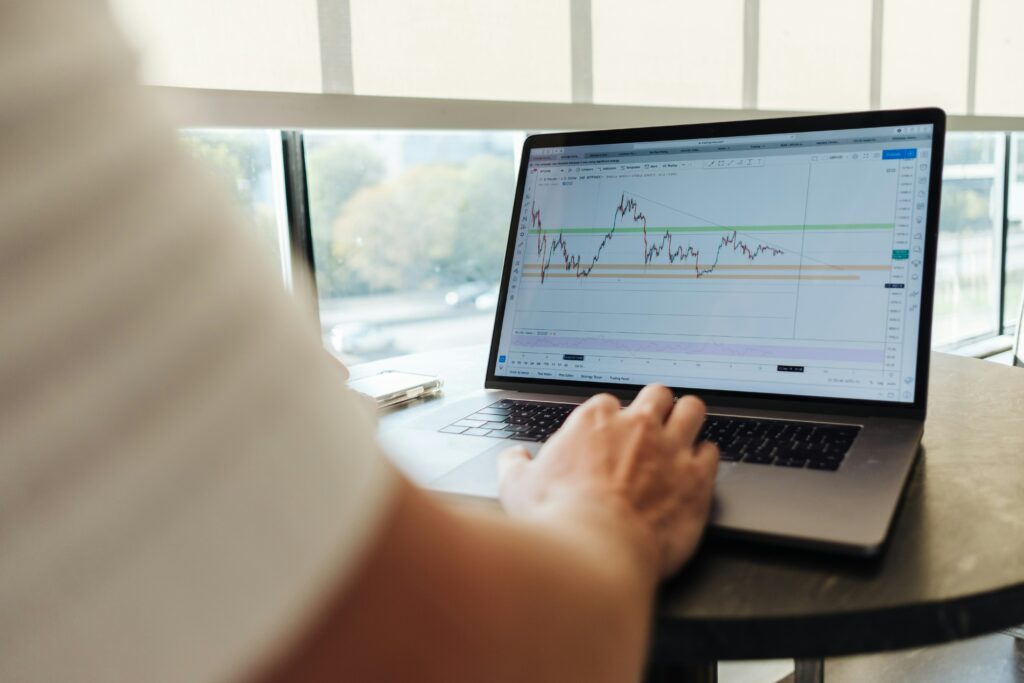As we navigate through 2025, the Nordic economies continue to demonstrate resilience and adaptability in the face of global economic challenges. In this economic outlook, we provide a comprehensive overview of the economic landscape in Denmark, Norway, Sweden, and Finland, highlighting key trends. Since we have increased our focus on the Baltics in 2024, we are also including economic insights of the Baltics in this outlook.
Denmark
Growth has been stronger than initially projected, mainly due to the strong performance of the pharmaceutical industry, as previously reported. GDP is expected to increase by 2.5-2.6 per cent in 2025 and 2.3-3.0 per cent in 2026 (Danske Bank, 2024; SEB, 2025). Trade policy remains a potential risk, particularly concerning US interest in Greenland, although this risk is not anticipated to materialize.
Consumer spending: We expect consumer spending to recover even further, driven by rising wages, employment, and lower mortgage rates prices. Household consumption should lead to GDP growth over the next two years. Key factors include strong job growth, higher real wages, lower mortgage rates, and increasing home prices (SEB, 2025). Danske Bank (2024) anticipates moderate consumption growth that will also enable households to rebuild savings. Additionally, a recent lending survey from Danmarks Nationalbank (DNB) shows banks easing household lending conditions, which typically boosts consumer confidence and spending.
Labour market: The labour market has been strong recently, and the unemployment rate has been unchanged for the past year (Statistics Denmark, 2025), and consumer demand may be strong in 2025 (SEB, 2025). Danske Bank (2024) believes there will be a slight increase in unemployment to 3.1 per cent, which might hinder wage growth marginally.
Sweden
Swedish GDP growth is projected to rise significantly in 2025 to 2.2-2.5 per cent, driven by procyclical policies and a stronger labor market, following moderate 0.5 per cent growth in 2024. Further growth is expected in 2026, which should be regarded as positive (Danske Bank, 2024; SEB, 2025). The growth is driven by a number of factors, e.g., real wage growth, falling mortgage rates, and fiscal stimulus (SEB, 2025).
Consumer spending: Household consumption has begun to increase (SEB, 2025), and the conditions might soon be in place for an acceleration in growth. It is anticipated that unemployment will fall this summer, and combined with inflation going down, rising real wages and tax cuts, the disposable income of households should increase. SEB (2025) state savings are now high, and household confidence has risen to almost the historical average, positively affecting consumer spending.
Labour market: Despite the fact that the unemployment rate has increased by almost 1.5 per cent since 2022, and is expected to increase to 8.7 per cent in 2025, it is anticipated to fall to 8.3 per cent by 2026 (SEB, 2025). There have been no notable changes in the past few months and is regarded as being relative stable (Statistics Sweden, 2025).
Norway
Mainland GDP rose by 0.8-0.9 per cent in 2024, with growth expected to increase in 2025 and 2026 due to interest rate cuts and better household finances (Danske Bank, 2024; SEB, 2025). Disinflation continues, with higher productivity reducing cost-driven inflation. An anticipated upcoming rate cut from Norges Bank may boost consumption (SEB, 2025).
Consumer spending: Labour demand is high, with no rapid decline in sight. This supports consumer spending by strengthening household finances. Furthermore, disinflation continues and costs have risen less than expected, and combined with lower interest rates and real wage growth, private consumption is set to grow in 2025 and 2026. While the NOK has been weak in 2024, it is now strengthening, which may positively influence Norwegians’ will to travel long-haul even further (Danske Bank, 2024).
Labour market: The labour market has steadily slowed, although unemployment is still low compared to European counterparts. In the past six months, unemployment rates have steadied, aiding household budgets. Yet, a small rise in unemployment is anticipated in early 2025, with a drop expected as the economy strengthens alongside GDP growth (Danske Bank, 2024; SEB, 2025).
Finland
Finland is emerging from a recession, with GDP growth projected at 1.5-1.9 per cent in 2025 (Danske Bank, 2024; SEB, 2025). Though slower than other Nordic economies, it remains strong compared to Europe. The government is working to balance public finances, aiming to boost the economy further. GDP growth is expected to rise again in 2026.
Consumer spending: SEB (2025) expects household consumption to grow further in 2025, however, the increase in unemployment might make consumers conscious of costs, etc. However, this may only relate to major purchases, and might not negatively affect travel, as the Finnish people are keen on travelling. Finally, consumer confidence has increased, and combined with fall in inflation, increase in wages, real spending power of consumers can go up (Danske Bank, 2024; SEB, 2025).
Labour market: While the labour market is expected to continue to be weak, and the unemployment rate has increased, nearing 9 per cent. Furthermore, job openings are becoming fewer, which can worry consumers. That said, unemployment is expected to fall in 2025 and further in 2026 (SEB, 2025), as the economic growth of the country will increase demand for labour.
Lithuania
In 2024, GDP growth was 2.5 per cent, and this is expected to increase to 2.8 per cent in 2025 and 2.9 per cent in 2026, indicating that economic activity in Lithuania has recovered greatly in 2024, and that the growth is expected to continue (SEB, 2025). This is also due to lower interest rates and improved household incomes, leading to further economic activity in the country.
Consumer spending: Wage growth was high in 2024 at about 10 per cent, but will slow to 8.5 per cent in 2025, still above productivity growth. Public sector pay will rise more than private sector pay. The minimum wage increased by 12 per cent in 2025 and may rise close to double digits in 2026. However, real wage growth will be lower in 2025 due to accelerating inflation. That said, consumer confidence is very high, and while inflation may increase, it is not anticipated that it will do too much damage.
Labour market: Currently, the unemployment rate is 6.5 per cent (Statistics Lithuania, 2025), which means it has decreased by 0.5 percentage points in 2024. A smaller number of new immigrants may contribute to lower unemployment rates (SEB, 2025). In the second half of 2024, unemployment rates decreased, which had a positive impact on household economies (Statistics Lithuania, 2025). Additionally, business surveys indicate that demand for labour is recovering (SEB, 2025). As a result, unemployment rates may continue to decrease, potentially leading to wage increases.
Latvia
We expect the economic recovery to gain traction this year and next, following a modest start. GDP growth will increase to 1.8 per cent in 2025 and 2.2 per cent in 2026, coming from -0.4 per cent in 2024. This acceleration in growth is seen as positive and a sign of economic stability in the country.
Consumer spending: As the economic recovery is improving, it is anticipated that real wages will strengthen consumption. It is expected that inflation will increase slightly to 2.2 per cent, according to SEB (2025), but otherwise be stable, which will provide households with a sort of certainty. The stability will continue in 2026, with inflation being around 2.3 per cent. With wage growth being strong in 2023 and 2024, the wage growth will decrease to around 7.4 per cent in 2025, even though this is good and will positively affect household consumption.
Labour market: The labour market will warm up, according to SEB (2025). After topping in the first quarter of 2024, unemployment fell during the second half and landed on 6.8 per cent, and has been somewhat stable since then (Statistics Latvia, 2025). Employment expectations have been rising since September, but we expect no surge in hiring. The strength of employment growth will depend on the pace of recovery in construction and manufacturing. We expect a decline in the unemployment rate to an annual average of 6.2 per cent in 2026 (SEB, 2025).
Estonia
After three years of economic decline, recovery has started and is expected to pick up in 2025. GDP is projected to grow by 1.8 per cent in 2025 and nearly 3 per cent in 2026. Despite this growth, SEB (2025) note that tax increases may challenge economic growth, and we will continue to monitor how the economy will improve in the coming months.
Consumer spending: Household consumption in Estonia has been limited due to high inflation, which is expected to be around 4.2 per cent in 2024 but will decrease further by 2026 to 3.0 per cent (SEB, 2025). Consumer confidence remains weak, unfortunately. However, lower interest rates should provide some relief to households. As the economy stabilises and consumer confidence improves, consumption is anticipated to rise to 1.2 per cent in 2025 and 2.5 per cent in 2026 (Ibid.).
Labour market: Despite the decline in GDP over the past two years, Estonia’s labour market has shown remarkable resilience. Employment rates have remained historically high compared to both the national average and other EU countries (SEB, 2025; Statistics Estonia, 2025). The unemployment rate is relatively stable and is projected to decrease slightly in 2025 and 2026 to 7.2 percent and 6.8 percent, respectively (SEB, 2025).
Concluding remarks
In summary, the Nordic economies are poised for a steady recovery, with positive trends in employment and household consumption. Inflation is expected to remain relatively stable, providing a degree of certainty for households. While the economic outlook is optimistic, potential challenges such as tax increases and fluctuating consumer confidence will be monitored closely. The resilience of the labour markets is noteworthy, and continued caution will be required to ensure sustainable growth. We continue to follow the development of the economies and how it might influence consumer spending. But for now, the outlook is positive!
References
Danske Bank. (2024). Nordic Outlook: More growth, new risks.
SEB. (2025). Nordic outlook, February 2025.
Statistics Denmark. (2025). Ledighedsprocenten har nu været uændret i et år. https://www.dst.dk/da/Statistik/nyheder-analyser-publ/nyt/NytHtml?cid=48397
Statistics Estonia. (2025). Labour status of population. https://andmed.stat.ee/en/stat/sotsiaalelu__tooturg__tooturu-uldandmed__aastastatistika/TT330/table/tableViewLayout2
Statistics Latvia. (2025). Unemployment rate (%). https://stat.gov.lv/en/statistics-themes/labour-market/unemployment/4419-unemployment-rate?themeCode=NBBA
Statistics Lithuania. (2025). Main Lithuanian indicators – Oficialiosios statistikos portalas. https://osp.stat.gov.lt/pagrindiniai-salies-rodikliai#Unemployment%20rate
Statistics Sweden. (2025). Continued subdued labour market situation. https://www.scb.se/en/finding-statistics/statistics-by-subject-area/labour-market/labour-force-supply/labour-force-surveys-lfs/pong/statistical-news/labour-force-surveys-lfs-december-2024/










